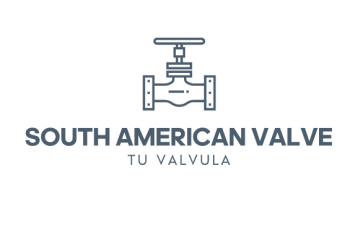The world of valves is vast and diverse, each type fulfilling a specific need within fluid control systems. Among these, gate valves stand out for their simplicity, reliability, and effectiveness in various applications. Let’s delve into the key benefits and features that make gate valves a popular choice across industries.
1. Low Fluid Resistance: Imagine a clear path for your fluid. When fully open, a gate valve offers minimal resistance to flow. This is due to its straightforward design, where a flat gate slides across the flow path, creating an unobstructed passage. This characteristic makes gate valves perfect for applications requiring minimal pressure drop, such as gravity-fed systems or high-volume pipelines.
2. Superior Sealing: When it comes to stopping the flow, gate valves excel. Their robust design, with a tight-fitting gate, ensures a reliable seal, preventing leaks and ensuring complete isolation. This makes them ideal for applications where complete shutoff is crucial, such as isolating sections of pipelines for maintenance or preventing backflow in critical systems.
3. Bidirectional Flow: Unlike some valves that restrict flow to one direction, gate valves are happy with both. Their design allows for flow in either direction, making them versatile for applications where flow direction can change or is not a concern. This feature simplifies installation and eliminates the need to worry about the flow direction during operation.
4. Wide Application Range: The versatility of gate valves extends to their compatibility with various fluids and environments. They can handle liquids, gases, slurries, and even viscous materials depending on the material selection and design. This broad applicability makes them suitable for diverse industries, from water and wastewater treatment to oil and gas pipelines, chemical processing plants, and even power generation facilities.
5. Simple Design and Operation: Gate valves boast a relatively simple design compared to other valve types. This translates to easier installation, maintenance, and repair. The operation is straightforward, typically involving a handwheel or actuator that raises or lowers the gate to open or close the valve. This simplicity makes them user-friendly and reduces the risk of operational errors.
6. Cost-Effectiveness: Due to their straightforward design and reliable operation, gate valves offer a cost-effective solution for many applications. Their initial cost might be slightly higher than some simpler valve types, but their durability, low maintenance requirements, and long lifespan often outweigh the initial investment.
7. Diverse Material Options: Gate valves are available in a wide range of materials to suit specific applications and fluid compatibility needs. Common materials include cast iron, steel, stainless steel, and even exotic alloys for handling corrosive or high-pressure environments. This material diversity allows for selection based on factors like pressure rating, temperature, and the type of fluid being handled.
While gate valves offer a plethora of benefits, it is essential to consider their limitations. They are not ideal for throttling or regulating flow due to the on/off nature of their operation. Additionally, the opening and closing process can be slower compared to other valve types due to the multi-turn operation.
In conclusion, gate valves, with their unique combination of simplicity, reliability, and versatility, have earned their place as a cornerstone in various fluid control applications. Understanding their benefits and features empowers you to make informed decisions when selecting the right valve for your specific needs.
